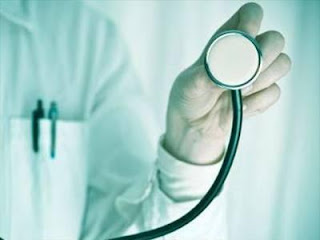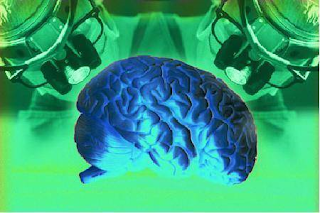Introduction:
Kidney transplantation or renal
transplantation is the organ transplant of a kidney into a patient with
end-stage renal disease. Kidney transplantation is typically classified as
deceased-donor (formerly known as cadaveric) or living-donor transplantation
depending on the source of the donor organ. Living-donor renal transplants are
further characterized as genetically related (living-related) or non-related
(living-unrelated) transplants, depending on whether a biological relationship
exists between the donor and recipient.
The decision to have a kidney transplant is
an important one. A kidney transplant is not a cure for kidney disease. The
decision to have a kidney transplant will mean that you are willing to make a
life-long commitment to take care of yourself and your new kidney.
What
is a Kidney?
The kidneys have a couple of different
functions. The main purpose of the kidney is to separate urea, mineral salts,
toxins, and other waste products from the blood. The kidneys also conserve
water, salts, and electrolytes.
Although humans are born with two kidneys,
it is possible for a person to survive with only one. This is because each
kidney is packed with renal tissue, which is more than enough for daily use and
is quite capable of carrying out the necessary functions all on its own.
What
is Kidney Transplantation?
Kidney transplantation is a surgical
operation in which the surgeon places a healthy kidney from another person into
your body. The donated kidney does the work that your two failed kidneys used
to do.
The surgeon places the new kidney inside
your lower abdomen and connects the artery and vein of the new kidney to your
artery and vein. Your blood flows through the donated kidney, which makes
urine, just like your own kidneys did when they were healthy. The new kidney
may start working right away or may take up to a few weeks to make urine.
Why
is a Kidney Transplantation Necessary?
When a person has 'RENAL FAILURE', the
kidneys do not properly filter harmful waste products; as a result, excess
wastes and chemicals start to accumulate in the blood. When this happens, a
dangerous accumulation of waste products can occur, causing a condition known
as uremia.
Patients with irreversible renal failure
have two options of treatment:
§ Dialysis, where the waste
products from the blood are removed artificially
§ Kidney transplantation
Symptoms
of Kidney Failure:
The symptoms of kidney failure vary widely
by cause of the kidney failure, severity of the condition, and the other body
systems that are affected. Most people have no symptoms at all in the early
stages of the disease, because the kidneys are able to compensate so well for
the early impairments in the their function. Others have symptoms that are
mild, subtle, or vague. Common symptoms of kidney failure and end-stage renal
disease include the following:
§ Puffiness, swelling of
arms and legs
§ Shortness of breath due
to fluid collection in the lungs
§ Dehydration
§ Feeling of thirst
§ Rapid heart rate
§ Urinating less than usual
§ Urinary problems -
Frequency, urgency
§ Bleeding - Due to
impaired clotting, from any site
§ Easy bruising
§ Fatigue
§ Confusion
§ Nausea, vomiting
§ Loss of appetite
§ Pain - In the muscles,
joints, flanks, chest
§ Bone pain or fractures
§ Itching
§ Pale skin (from anemia)
Causes
of Kidney Failure:
Following is a list of causes or underlying
conditions that could possibly cause Kidney failure includes:
Causes of acute kidney
failure
§ Hemorrhage
§ Internal bleeding
§ Shock
§ Heart attack
§ Acute pancreatitis
§ Heat exhaustion
§ Acute nephritis
§ Urinary obstruction
Causes of chronic kidney failure:
§ Hypertension)
§ Glomerulonephritis
§ Polycystic kidney
disease
§ Chronic nephritis (type
of Nephritis)
§ Urinary stones
Urinary tumorThe cost of a kidney transplant surgery ranges from INR 5,00,000 to 7,00,000 in Indian hospitals, depending on the procedure to be carried out and the availability of kidney donor.





